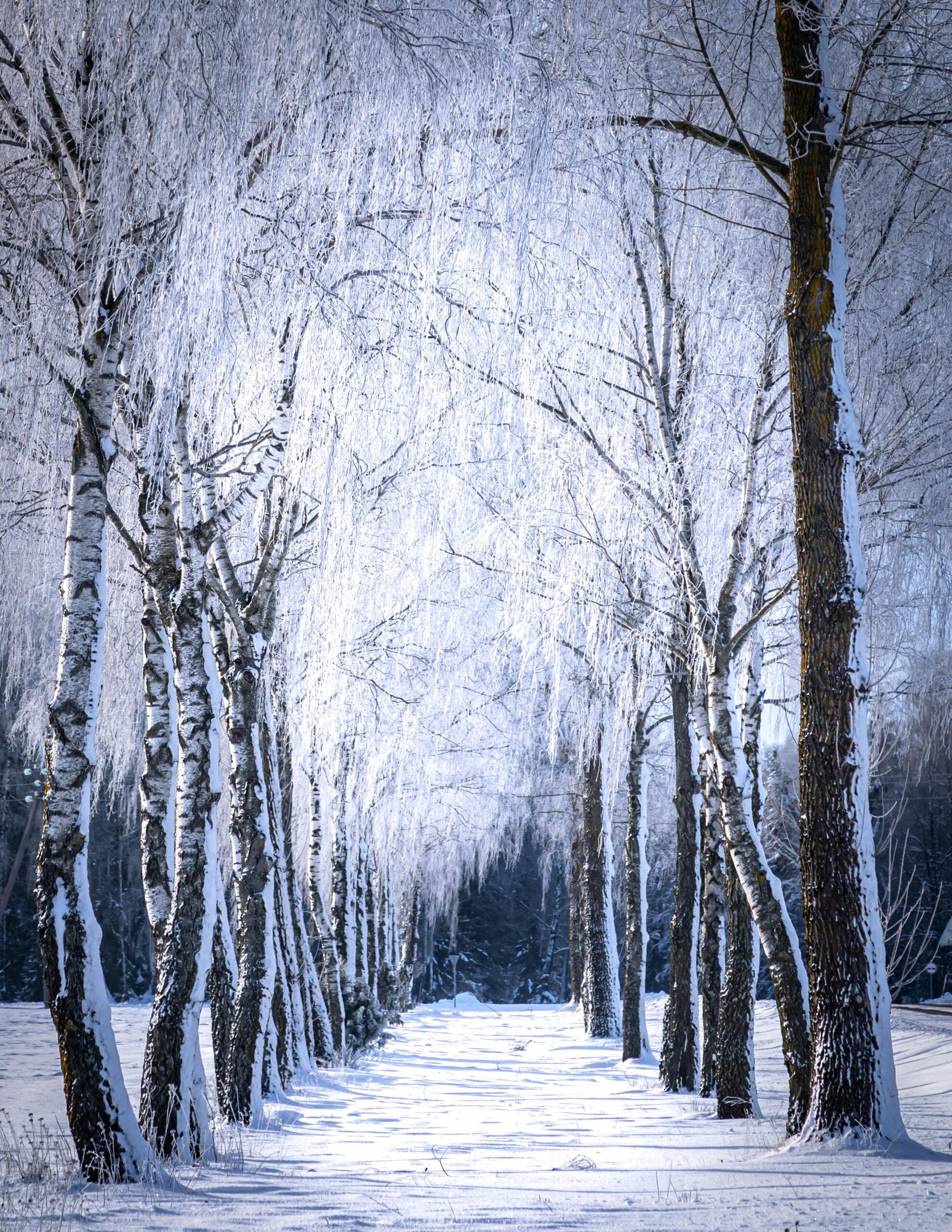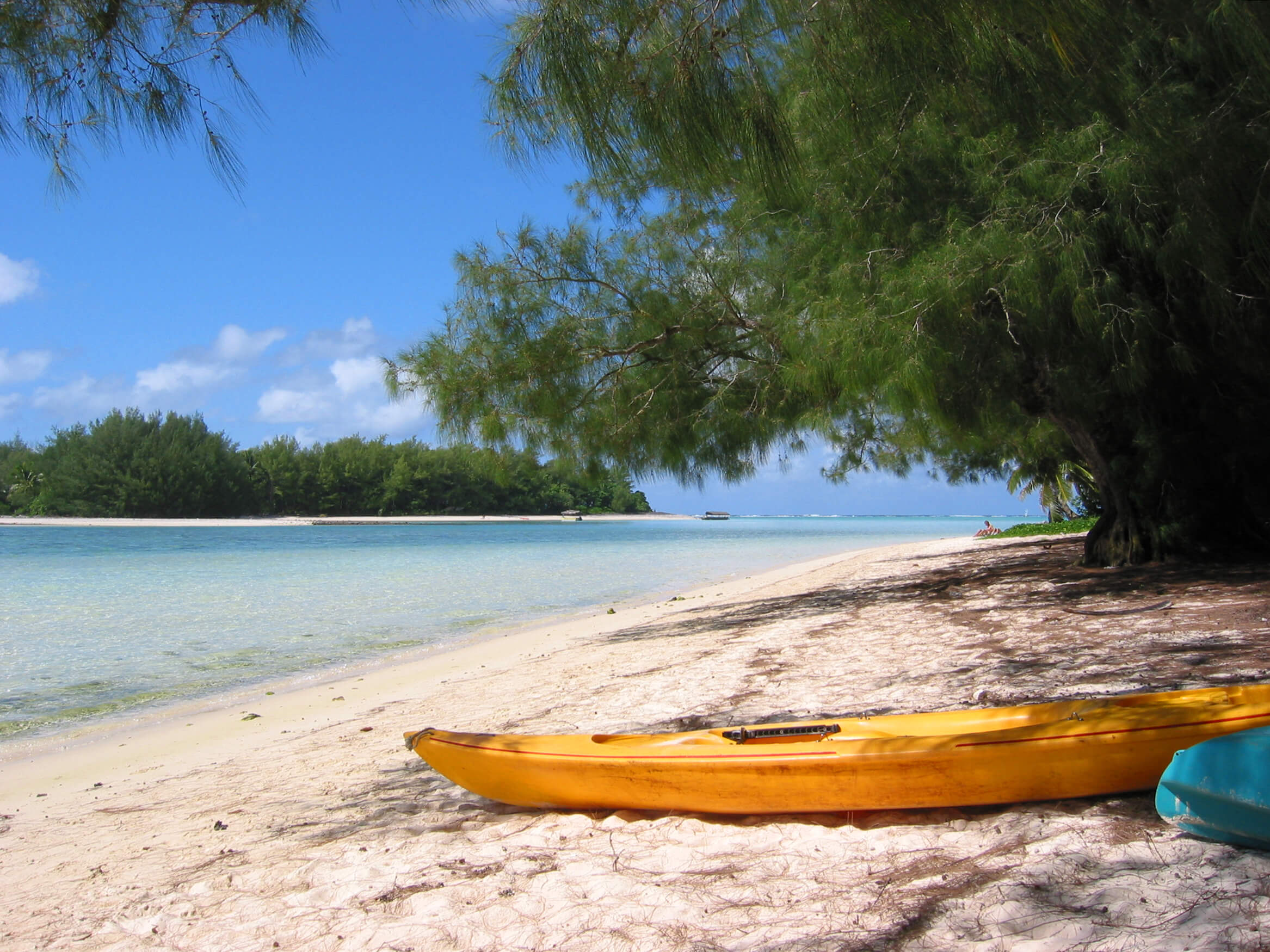Best Time to Visit Tonga: A Seasonal Guide for Your Perfect Vacation
Tonga, an archipelago of over 170 islands located in the South Pacific, is a paradise known for its pristine beaches, crystal-clear waters, rich Polynesian culture, and extraordinary marine life. Whether you’re drawn to its stunning coral reefs, indigenous traditions, or once-in-a-lifetime experiences like whale watching, choosing the best time to visit Tonga is essential for making the most of your trip.
In this Tonga travel guide, we’ll break down the best time to visit based on weather conditions, activities, and local events, ensuring you have an unforgettable Tongan vacation, no matter the season.
Best Time to Visit Tonga: Weather Overview
Tonga enjoys a tropical climate, with warm temperatures year-round and only slight fluctuations between seasons. However, there are distinct differences in weather patterns, especially when it comes to rainfall, humidity, and tourist crowds. Understanding the best time to visit Tonga depends on the type of experience you’re looking for.
1. Dry Season: May to October
The dry season, from May to October, is generally considered the best time to visit Tonga. During these months, the weather is warm but not overwhelmingly hot, with cooler evenings. The dry season is characterized by clear skies, lower humidity, and minimal rainfall, making it ideal for outdoor activities such as:
- Snorkeling and Diving: The warm, clear waters provide perfect conditions for exploring Tonga’s world-renowned coral reefs.
- Beaches and Swimming: With less rain and calm seas, this is the perfect time to relax on the beach or swim in the lagoon.
- Whale Watching: From June to October, Tonga is one of the best places in the world to see humpback whales up close. These majestic creatures migrate to Tonga’s warm waters to breed and give birth, making it the peak season for whale-watching tours.
2. Wet Season: November to April
The wet season in Tonga, from November to April, is characterized by higher humidity and more frequent rain showers. While the temperatures remain warm throughout the year, this season experiences more tropical storms and some days of heavy rain. However, the wet season still has its appeal, especially for those looking to avoid crowds or enjoy lower travel prices.
- Fewer Crowds: With fewer tourists visiting during the wet season, you can enjoy a more peaceful, secluded experience on the islands.
- Lower Costs: Traveling during the wet season often means discounted accommodation rates and cheaper flights.
- Lush Scenery: The rainforests and tropical vegetation are at their greenest, making the island landscape particularly stunning.
- Shorter Rain Showers: While heavy rainfall can occur, it typically doesn’t last all day. Showers tend to be brief, and there are still plenty of dry hours for sightseeing and enjoying the beach.
3. Tonga’s Peak Travel Time: June to August
If you’re planning to visit during the dry season, June to August are considered the peak months in Tonga. The weather is at its best during this period, offering clear skies, warm days, and cooler nights. This is also the prime time for whale watching, as the humpback whales are most active and visible in the waters around Tonga during this time.
- Whale Watching: If you’re visiting Tonga to see whales, June through August is the best time to witness the migration of humpback whales to Tonga’s lagoons. These months are packed with opportunities to swim with the whales and take part in guided eco-tours.
- Festivals and Events: August is also a lively month in Tonga, with local events like the Tonga National Sports Festival and other cultural celebrations taking place. These are great opportunities to experience the island’s vibrant Polynesian traditions and community spirit.
Factors to Consider When Choosing the Best Time to Visit Tonga
While weather and activities play a big role in deciding when to visit Tonga, there are other factors that may influence your travel plans:
1. Budget and Crowds
- High Season (June to August): Expect higher prices and more tourists during the peak whale-watching months, as well as around major local holidays like Christmas and New Year. Accommodations may be pricier, and attractions more crowded.
- Low Season (November to April): The wet season typically sees fewer visitors, meaning lower accommodation costs and discounted flights. If you’re looking to avoid the crowds and save on travel expenses, this is the best time to visit Tonga.
2. Tonga’s Cultural Calendar
Tonga is known for its rich Polynesian culture, and there are several local festivals and events throughout the year. If you’re interested in experiencing traditional Tongan music, dance, and festivities, consider timing your trip to coincide with one of these cultural events:
- Tonga National Sports Festival (August): This celebration of sports, music, and culture showcases Tongan pride, and is a fantastic time to visit if you’re looking to immerse yourself in local traditions.
- Heiva Festival (July): The Heiva Festival is a celebration of Tongan arts, dance, and culture, where you can experience traditional performances, art exhibitions, and cultural rituals.
3. Best Time for Diving and Snorkeling
The dry season (May to October) is considered the best time for diving and snorkeling. Visibility is at its highest, and the water temperature is ideal for underwater exploration. With clear waters, vibrant coral reefs, and abundant marine life, it’s no surprise that Tonga is a diver’s paradise.
For those interested in diving or snorkeling year-round, the wet season still offers opportunities, though the visibility may be slightly reduced due to the occasional rain. But with the islands’ biodiversity, there’s always something worth seeing in Tonga’s waters.
Conclusion: When to Visit Tonga
In summary, the best time to visit Tonga depends on your travel preferences and the type of experience you’re seeking. The dry season from May to October is ideal for whale watching, clear skies, and outdoor activities, while the wet season (November to April) offers a quieter, more budget-friendly experience with lush landscapes and fewer tourists.
If you’re looking for the ultimate whale-watching experience, the months of June through August are the peak period, and you’ll also find cultural festivals that showcase Tonga’s unique Polynesian heritage.
No matter when you visit, Tonga’s welcoming people, rich culture, and breathtaking natural beauty will make for an unforgettable vacation. Use this seasonal guide to plan your trip and ensure you experience the best that Tonga has to offer!
Read more


